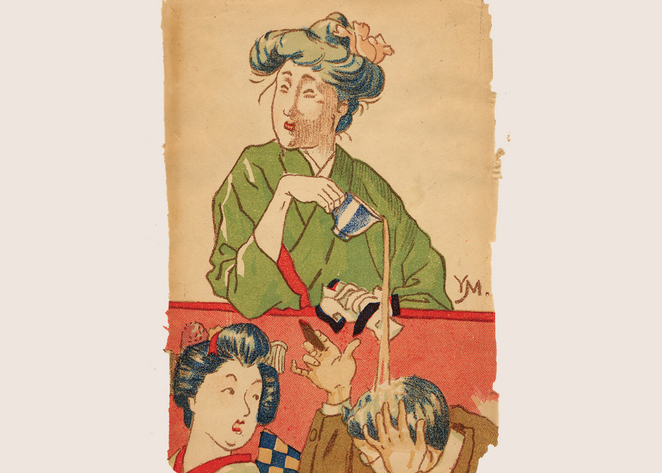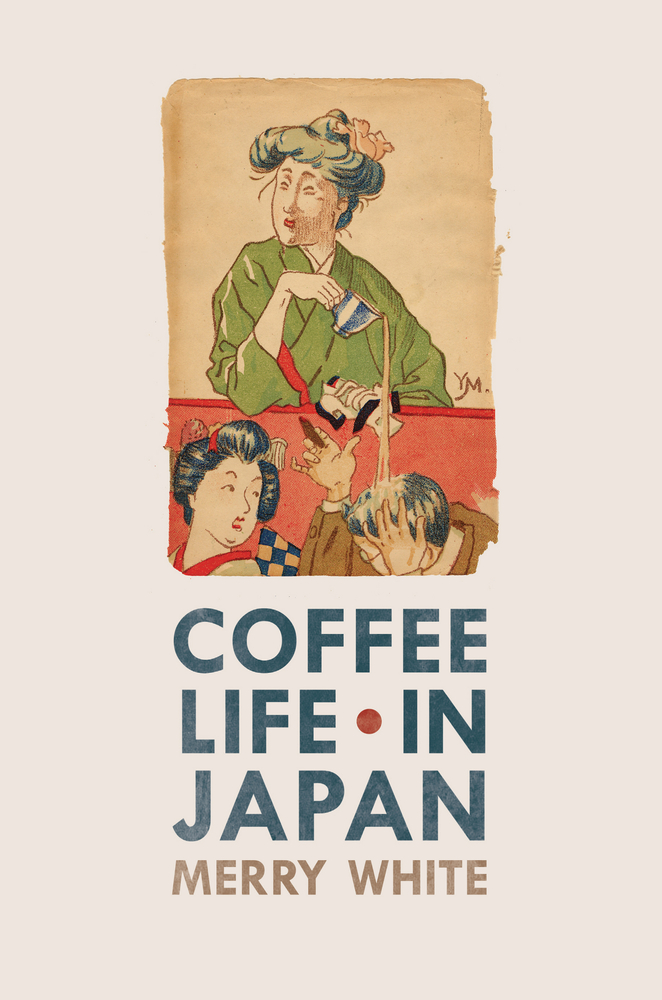Japan, the Other Nation of Coffee
Although Japan is more closely associated with tea, coffee and places to drink it permeate Japanese society.

© University of California Press
In her book Coffee Life in Japan, Merry White retraces Japan’s infatuation with coffee since the early 20th century, despite the country often still being known for its culture based around tea.
The professor of anthropology at Boston University looks back at the arrival of the first coffee beans in Japan, particularly via Portuguese missionaries from the 1500s onwards. She then explains how, in the late 1800s, Japanese coffee growers were sent by their company to work in coffee fields in Brazil, before Brazilian coffee traders began to make an increasing number of trips to Japan on business. A few years later, in 1900, the first coffee chain in the world, Café Paulista, was created in Japan with the support of the Brazilian government.
Cafés, places where people can be someone else
However, Coffee Life in Japan also addresses the topic of cafés, places the author describes as ‘third spaces’ that are not home, not work and not school.
‘Cafés are a bit like a stage set. You become a different person when you walk in. You become the person of that space. It’s a place to go to not be the person you are in other places’, she explains, before continuing: ‘A lot of cafés are a place to be private in public. Being alone and contemplative is valued. You don’t see a lot of laptops in Japanese cafés.’
From revolt to reverie
The reader discovers that cafés are not only places for solitary reveries, but also for debates and getting together as, in the 1930s and 1960s, they hosted gatherings of students who were participating in revolutionary movements. Coffee and cafés are therefore far more political than they first appear, and their evolution has drawn the outline of that of Japanese society with regard to social, gender and urban issues.
In the second part, Merry White presents the art of making Japanese coffee, particularly through the use of the siphon and the pour-over methods. She outlines the specific equipment involved in terms of its uses and, by way of a conclusion, draws up an annotated list of cafés for the reader to visit on their next trip to Tokyo or Kyoto. Before then, the essence of these typically Japanese cafés, known as kissaten, can be captured in the series Kissa by Kissa by photographer Craig Mod.
Coffee Life in Japan (2012), a book by Merry White published by University of California Press.

© University of California Press
TRENDING
-
Ishiuchi Miyako, A Singular Perspective on Women
Recipient of the 2024 Women in Motion Award, the photographer creates intimate portraits of women through the objects they left behind.

-
Recipe for Ichiraku Ramen from ‘Naruto’ by Danielle Baghernejad
Taken from the popular manga with the character of the same name who loves ramen, this dish is named after the hero's favourite restaurant.

-
Namio Harukawa, Master of Japanese SM Art
'Garden of Domina' offers a dive into the world of an icon of ‘oshiri’, whose work has now reached a global audience.

-
The Tattoos that Marked the Criminals of the Edo Period
Traditional tattoos were strong signifiers; murderers had head tattoos, while theft might result in an arm tattoo.

-
The Emperor of Japanese Porn is Now the Star of a Netflix Series
Deliciously funny, The Naked Director especially succeeds in reviving the atmosphere that was so characteristic of 1980s Japan.





